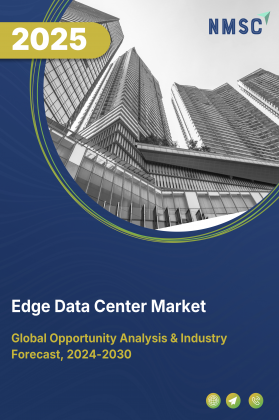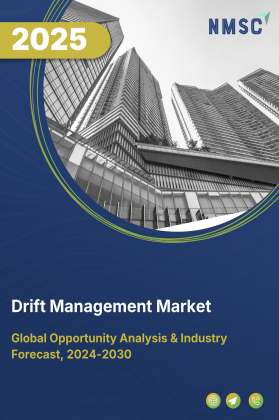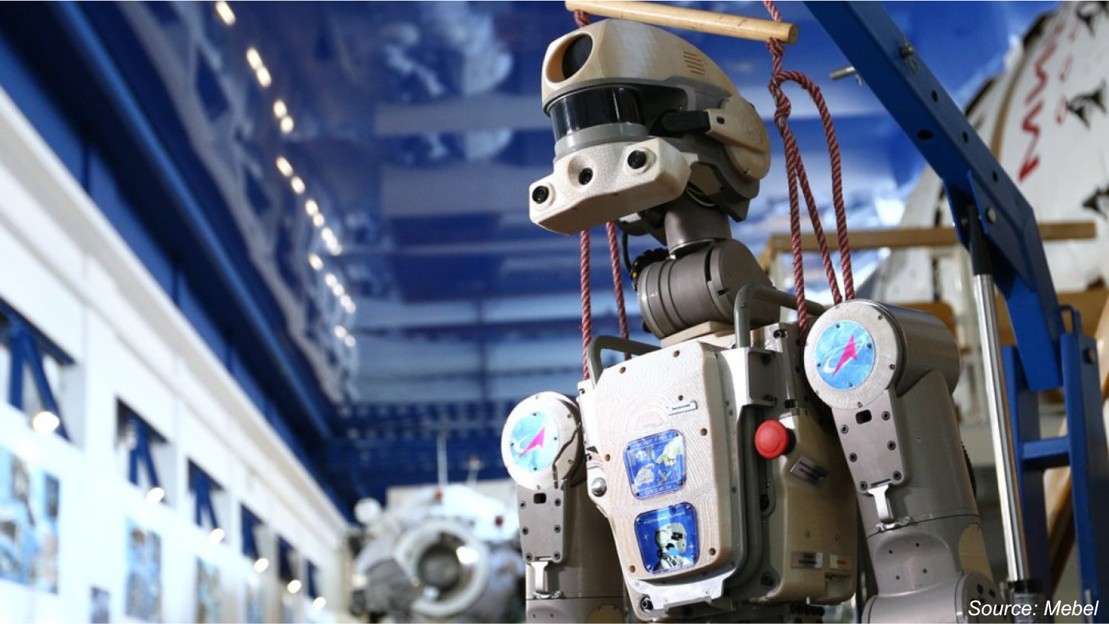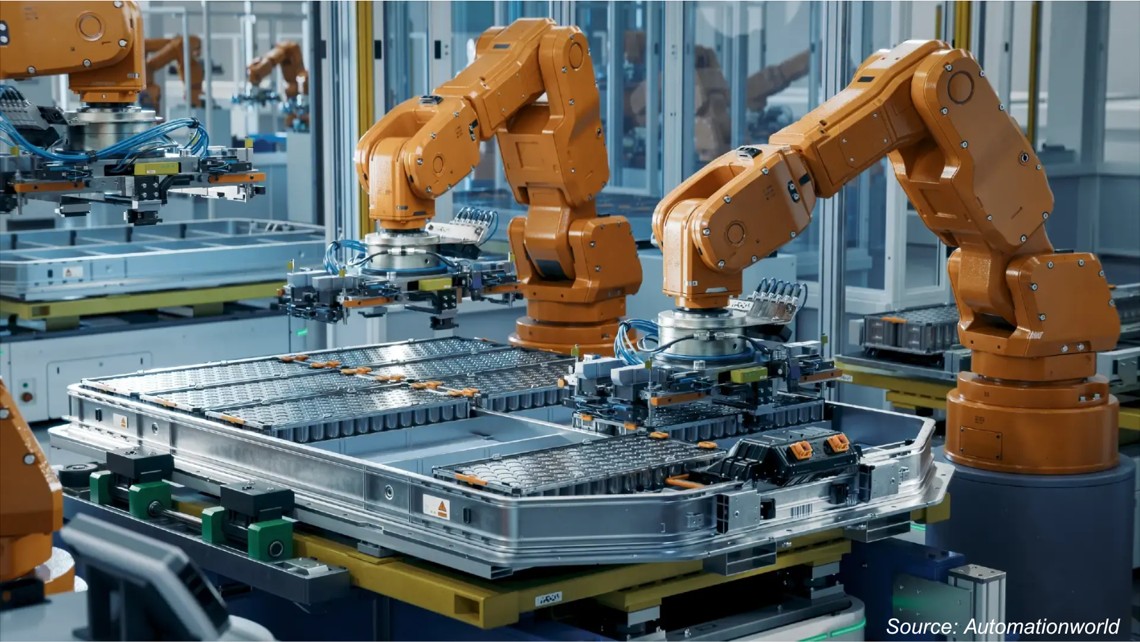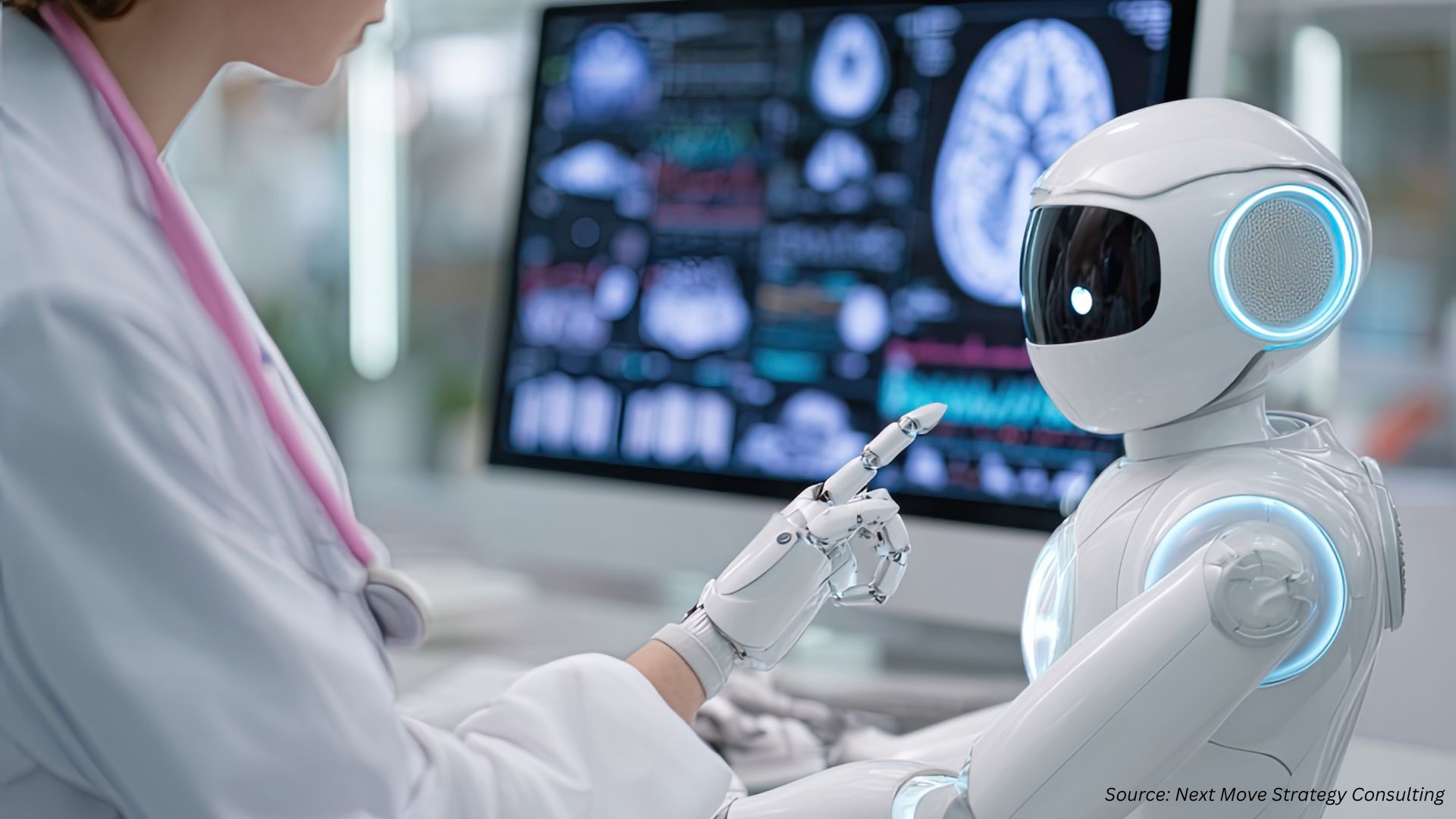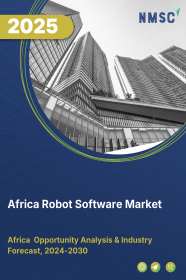
Africa Robot Software Market by Software Type (Recognition Software, Simulation Software, Predictive Maintenance Software, Communication Management Software, and Data Management And Analysis Software), by Robot Type (Service Robots and Industrial Robots), by Deployment Mode (On-premise and On-demand), by Organization Size (Large Enterprises and Small and Medium-sized Enterprises (SMEs) – Opportunity Analysis and Industry Forecast, 2024–2030
Industry: ICT & Media | Publish Date: 07-May-2025 | No of Pages: 186 | No. of Tables: 128 | No. of Figures: 93 | Format: PDF | Report Code : IC2400
Africa Robot Software Market Overview
The Africa Robot Software Market size was valued at USD 138.4 million in 2023, and is expected to reach USD 535.5 million by 2030, with a CAGR of 20.3% from 2024 to 2030. Robot software encompasses a suite of programs and algorithms designed to govern and oversee the activities of robots or robotic systems. These systems find applications across various industries including logistics, manufacturing, entertainment, healthcare, and more. The functionality of robot software entails several essential components.
Primarily, it manages and orchestrates the movements and behaviors of robots, ensuring precise and efficient task execution by issuing detailed commands to robotic components such as motors and actuators. Furthermore, robot software assumes a critical role in interpreting data from diverse sensors embedded within robots. These sensors, ranging from cameras to Light Detection and Ranging (LIDAR) sensors and tactile sensors, furnish indispensable environmental feedback enabling robots to perceive and comprehend their surroundings.
An integral aspect of robot software lies in its capacity to make intelligent decisions leveraging artificial intelligence (AI) and machine learning (ML) algorithms. Through data analysis from sensors, adherence to preset rules, or learning from past encounters, robots can adapt to evolving circumstances. This intelligence empowers them to operate autonomously, making instantaneous decisions and adjusting their behaviors accordingly. Additionally, robot software facilitates intercommunication and networking among robots, fostering collaboration for intricate tasks or data exchange with a central control system. Within industrial environments, this interconnectedness enables synchronized operations, culminating in enhanced efficiency and productivity.
Rising Labor Costs and Workforce Challenges Drive the Growth of the Africa Robot Software Market
Rising labor costs and workforce challenges are significant drivers propelling the Africa robot software market demand in the country. As labor costs escalate, particularly in industries with labor-intensive tasks, organizations seek alternatives to mitigate expenses while maintaining productivity.
This trend encourages the adoption of automation solutions, including robots, to streamline operations and reduce dependency on human labor. Robot software Market plays a crucial role in enabling the programming, control, and optimization of robotic systems, allowing organizations to automate tasks efficiently and cost-effectively.
Additionally, workforce challenges such as skill shortages and demographic shifts further incentivize businesses to invest in robot software solutions that can augment or replace human labor, ensuring operational continuity and competitiveness. Consequently, the demand for robot software is expected to continue rising as organizations increasingly embrace automation to address labor-related challenges and enhance efficiency.
The Convergence Industry 4.0 and IoT Drive the Africa Robot Software Market
The convergence of Industry 4.0 and the Internet of Things (IoT) serves as a significant driver for the Africa robot software market growth in the country. Industry 4.0, characterized by the integration of digital technologies into manufacturing processes, coupled with IoT advancements, has transformed the landscape of industrial automation.
IoT-enabled devices and sensors facilitate real-time data collection and communication, providing valuable insights into manufacturing operations and enhancing connectivity across the production ecosystem. This interconnected infrastructure creates opportunities for robot software solutions to leverage data analytics, predictive maintenance, and adaptive control algorithms, optimizing robot performance and efficiency.
Furthermore, Industry 4.0 principles emphasize agility, flexibility, and scalability, driving the demand for robot software solutions that enable seamless integration, interoperability, and collaboration within smart manufacturing environments. Consequently, the synergies between Industry 4.0 and IoT propel the adoption of robot software, driving innovation and efficiency in industrial automation processes.
Cybersecurity and Data Protection Concerns Associated with the Africa Robot Software Market Growth
Cybersecurity and data protection concerns associated with robot software act as significant restraining factors in the growth of the market in the country. As robots become increasingly interconnected within digital ecosystems, they become vulnerable to cyber threats, including unauthorized access, data breaches, and malware attacks.
Inadequate cybersecurity measures in robot software can compromise sensitive data, intellectual property, and operational integrity, leading to potential financial losses and reputational damage for organizations. Moreover, with the proliferation of IoT-enabled robots and the collection of vast amounts of data, there's an elevated risk of data privacy violations and regulatory non-compliance.
Consequently, organizations hesitate to adopt robot software solutions without robust cybersecurity features and data protection mechanisms, restraining the Africa robot software market expansion. Addressing these concerns through enhanced cybersecurity measures, encryption protocols, and compliance frameworks is essential to instill trust and drive wider adoption of robot software in diverse industries.
The Expansion of Robotics-as-a-Service Creates New Opportunities in the Africa Robot Software Market
The expansion of Robotics-as-a-Service (RaaS) creates new opportunities in the market by offering a more accessible and cost-effective way for organizations to deploy robotics solutions in the country. RaaS models allow businesses to access robotic hardware, software, and related services on a subscription basis, eliminating the need for significant upfront investment in capital-intensive assets.
This approach lowers barriers to entry, particularly for small and medium-sized enterprises (SMEs) or organizations with limited budgets, enabling them to leverage robotics technology without the financial burden of ownership.
Additionally, RaaS models often include maintenance, support, and software updates as part of the subscription, providing added value and simplifying the deployment process. By democratizing access to robotics technology and fostering a pay-as-you-go model, the expansion of RaaS creates new market opportunities, driving adoption across industries and promoting innovation in robot software solutions.
Competitive Landscape
Several key players operating in the Africa robot software industry include IBM, NVIDIA, ABB Ltd., FANUC, Teradyne, Inc., H2O.ai, Brain Corp, CloudMinds, Clearpath Robotics, and Neurala, Inc. These market players are adopting strategies to maintain their dominance in the market.
Africa Robot Software Market Key Segments
By Software Type
-
Recognition Software
-
Simulation Software
-
Predictive Maintenance Software
-
Communication Management Software
-
Data Management and Analysis Software
By Robot Type
-
Service Robots
-
Ground
-
Aerial
-
Underwater
-
-
Industrial Robots
-
Traditional Industrial Robots
-
Articulated Robots
-
SCARA Robots
-
Parallel Robots
-
Cartesian Robots
-
Other Robots
-
-
Collaborative Industrial Robots
-
By Deployment Mode
-
On-premise
-
On-demand
By Organization Size
-
Large Enterprises
-
Small and Medium-sized Enterprises (SMEs)
By Industry Vertical
-
Banking, Financial Services, and Insurance (BFSI)
-
Automotive
-
Retail and eCommerce
-
Aerospace & Defense
-
Healthcare and Life Sciences
-
Transportation and Logistics
-
Manufacturing
-
Telecommunications and IT
-
Academia and Research
-
Media & Entertainment
-
Others
By Region
-
Africa
-
South Africa
-
Nigeria
-
Kenya
-
Egypt
-
Morocco
-
Ghana
-
Other Countries
-
Key players
-
IBM
-
NVIDIA
-
ABB Ltd.
-
FANUC
-
Teradyne, Inc.
-
H2O.ai
-
Brain Corp
-
CloudMinds
-
Clearpath Robotics
-
Neurala, Inc.
REPORT SCOPE AND SEGMENTATION:
|
Parameters |
Details |
|
Market Size in 2023 |
USD 138.4 Million |
|
Revenue Forecast in 2030 |
USD 535.5 Million |
|
Growth Rate |
CAGR of 20.3% from 2024 to 2030 |
|
Analysis Period |
2023–2030 |
|
Base Year Considered |
2023 |
|
Forecast Period |
2024–2030 |
|
Market Size Estimation |
Million (USD) |
|
Growth Factors |
|
|
Companies Profiled |
10 |
|
Market Share |
Available for 10 companies |
|
Customization Scope |
Free customization (equivalent up to 80 working hours of analysts) after purchase. Addition or alteration to country, regional, and segment scope. |
|
Pricing and Purchase Options |
Avail customized purchase options to meet your exact research needs. |




















 Speak to Our Analyst
Speak to Our Analyst




